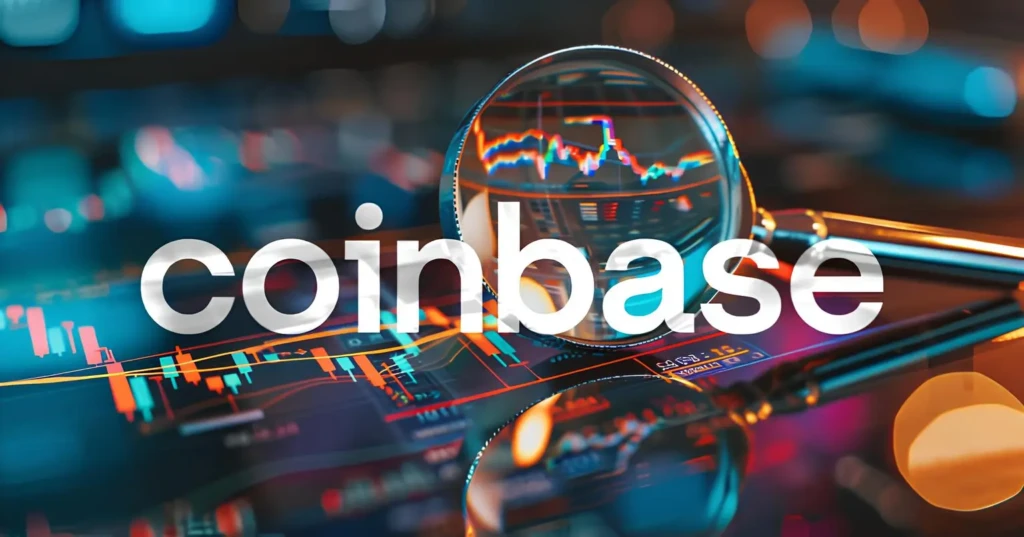What is a transaction on Coinbase? At its core, it’s the digital process of moving cryptocurrency from one account to another—either within Coinbase’s ecosystem or across external blockchain networks. But understanding it requires more than a basic definition. Every Coinbase transaction weaves together blockchain mechanics, exchange infrastructure, security safeguards, and regulatory compliance.
This investigative article examines how Coinbase transactions operate, the underlying technology, and why they matter for traders, investors, and the future of digital finance.
How a Coinbase Transaction Works
Initiation: From Wallet to Network
A Coinbase transaction begins when a user submits a buy, sell, or transfer order through the platform’s web or mobile app. Behind the scenes, Coinbase aggregates these requests, converts them into blockchain-compatible instructions, and signs them using secure cryptographic keys.
- Internal Transactions: Moving funds between Coinbase accounts often happens instantly because the exchange can adjust ledger balances without touching the blockchain.
- External Transactions: Sending assets to an external wallet triggers an on-chain transfer, which requires network confirmations.
Blockchain Confirmation
After initiation, the transaction enters the mempool of the chosen blockchain (Bitcoin, Ethereum, Solana, etc.). Miners or validators verify it, adding it to a new block. Depending on network congestion and gas fees, confirmations can take anywhere from seconds to hours.
Coinbase’s official help center notes that a Bitcoin transaction typically needs at least three confirmations for finality, while Ethereum and other networks may vary.
Transaction Types and Their Mechanics
Buying and Selling Crypto
When you buy Bitcoin or another asset, Coinbase executes the trade through its order book or liquidity providers. The platform credits your account once the purchase clears, which may be nearly instantaneous for stablecoins or require bank settlement for fiat deposits.
Sending and Receiving
Sending crypto out of Coinbase involves network fees, often referred to as miner or validator fees. Receiving crypto is free on Coinbase’s side, but the sender pays the blockchain fee.
Staking and Advanced DeFi
Some transactions involve staking or using Coinbase Wallet to interact with decentralized finance protocols. These create smart-contract transactions that can be more complex and carry higher gas costs.
Fees, Limits, and Hidden Costs
Coinbase charges variable fees depending on payment method, region, and asset type. Beyond explicit service fees, users must account for blockchain network fees, which fluctuate with demand. According to CoinGecko’s fee analysis, Ethereum gas fees can spike during market volatility, directly impacting the cost of a Coinbase transaction.
High-volume traders may reduce costs by using Coinbase Advanced Trade, which offers lower fees than the standard retail interface.
Security Layers Protecting Every Transaction
Cold Storage and Encryption
Coinbase famously keeps 98% of customer funds in cold storage, away from internet access. Transactions are signed using hardware security modules (HSMs), ensuring private keys never leave secure environments.
Two-Factor Authentication
Every transaction requires two-factor authentication (2FA), adding a vital layer of protection against unauthorized transfers.
Compliance and AML
Coinbase complies with U.S. regulations, including the Bank Secrecy Act and Anti-Money Laundering (AML) requirements. Transactions may be flagged for review if they trigger suspicious activity alerts.
These safeguards make Coinbase transactions among the most scrutinized in the industry, aligning with standards set by agencies like the Financial Crimes Enforcement Network.
Common Issues and How to Avoid Them
- Delayed Confirmations: Network congestion can slow processing. Planning around high-volume trading periods helps.
- Incorrect Wallet Addresses: Mistyped addresses are irreversible. Always double-check before sending.
- High Fees During Spikes: Consider off-peak hours or Layer 2 networks like Base for cheaper transfers.
Coinbase provides real-time fee estimates and confirmation tracking within the app to mitigate these risks.
Future Outlook for Coinbase Transactions
Coinbase is investing heavily in Layer 2 solutions such as Base, its own Ethereum scaling network. As Layer 2 adoption grows, transactions on Coinbase will likely become faster and cheaper. Integrations with decentralized finance and tokenized real-world assets could further expand what a Coinbase transaction represents—moving beyond simple crypto transfers to complex financial interactions.
FAQ: What Is a Transaction on Coinbase?
What is a transaction on Coinbase and how is it processed?
A transaction on Coinbase is the act of transferring cryptocurrency, either internally between Coinbase accounts or externally to blockchain addresses. It’s processed through blockchain confirmations or internal ledger adjustments.
What is a transaction on Coinbase when sending to an external wallet?
It’s an on-chain transfer that requires blockchain validation. The sender pays network fees, and confirmation time depends on the specific blockchain.
What is a transaction on Coinbase regarding fees?
Coinbase charges a service fee and passes along network fees. The total cost varies by asset type, market conditions, and transaction size.
What is a transaction on Coinbase if I’m only moving funds between Coinbase users?
This is typically an internal transaction, updated instantly on Coinbase’s private ledger without blockchain fees.
What is a transaction on Coinbase for staking rewards?
It’s the distribution of staking yields, recorded as an internal credit but often tied to on-chain smart contracts depending on the asset.
Conclusion: The Evolving Nature of a Coinbase Transaction
What is a transaction on Coinbase? It’s more than just a crypto payment—it’s a secure, multi-layered process that balances blockchain decentralization with centralized exchange efficiency. As Coinbase pushes into Layer 2 scaling, tokenization, and global compliance, the definition of a “transaction” will expand, shaping how millions interact with digital finance.
In the rapidly shifting world of cryptocurrency, understanding Coinbase transactions is not just about today’s transfers but tomorrow’s innovations in blockchain-based financial systems.

